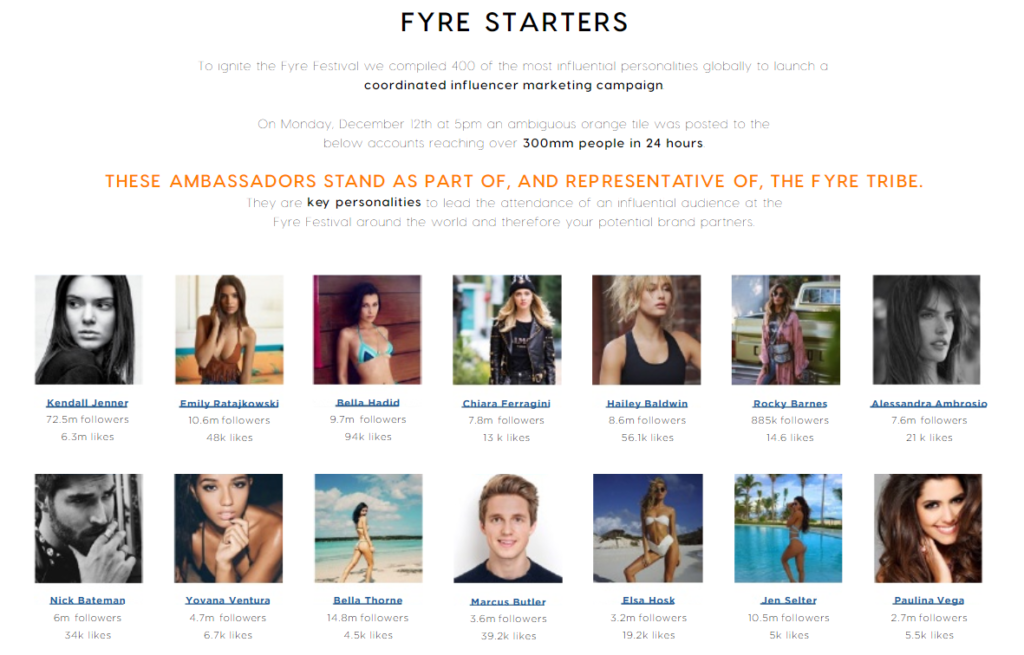Across all industries there are predictions on what is going to be hot for this year and travel is no different. Many of the trends are influenced by the topics that have generated the most headlines over 2018 – think artificial intelligence and environmental issues.
Following research with 21,500 travellers across 29 countries and guest reviews of over 163 million guest reviews, Booking.com has given an exclusive sneak peek as to what travellers can expect in 2019 and revealed its top travel trends. So, if you want to know exactly what you’ll be doing when you next jet away, read on:
Micro travel
According to Booking.com, over half of travellers from around the world (53 per cent) plan on taking more weekend trips, with 2019 being the year of ‘bite sized travel.’ As a nation, we love long weekend jollies that allow us to make the most of our annual leave. By splitting it into small chunks, it gives us the chance to explore new destinations in shorter time frames. One weekend you could be in any one of the hotels in Liverpool and the other weekend you could be Blackpool.
We’ve seen many improvements across the travel industry over the last few years with better flight routes, cheaper flights, accommodation, car rentals and transport, meaning that micro trips are set to really take off . Unique accommodation for short trips away is also going to be a hot topic, so if you originally dismissed that tree house, think again!
Conscious travel
2019 is going to be the year for the conscious traveller, with human rights, working conditions and environment issues impacting our choice of travel destinations.
Half of the travellers surveyed by Booking.com felt social issues were really important when choosing where to go. Also, over half will decide not to go to a destination if they believe it will negatively impact the people who live there.
Safety is also of vital importance to travellers. New platforms such as Destination Pride are popping up all the time, which provide jet-setters with a ranking of how LGBT+ friendly their chosen travel destination is, while organisations are showing their support for women choosing to travel alone.
Artificial intelligence
We heard more and more about artificial intelligence in 2018 and now it is also being seen in travel. Booking.com thinks key-less room access with your phone, personalised travel tips and robotic concierge who can communicate with guests in their first language, are predicted to be taking over our holidays in 2019.
The stats from Booking.com say that travellers are reportedly more enthusiastic then ever about real-time luggage travel through a mobile app (57 per cent) – goodbye lost luggage! They said that having a single app for all their planning, booking and travel needs would be welcomed and that they would consider using self-driving transportation in their destination (40 per cent).
Next year, we’ll see more tech developed to support the research stage for your next trip, too. 31 per cent of those surveyed admitted to the idea of liking a ‘virtual travel agent’ in their home. One in five said they’d want augmented reality to help them familiarise themselves with a destination before they land.
The bespoke experience
We all like it when things are made easier for us and this is no different with travel. In the survey, 34 per cent of travellers admitted that they would like someone, or something, to do the hard work for them and make travel recommendations. 41 per cent also want AI to make travel suggestions for them based on their past destinations. A digital tour guide was also met with excitement by 52 per cent of people.
Out of this world travel
With NASA starting construction of its Luna Space Station next year, space traveller is becoming more of a reality by the day. In 2019, we’ll continue to see vast investment in orbital spaceflight as people become more intrigued by travelling literally to the moon.
Four in ten travellers admit they are excited about the idea of space travel and would consider taking off to space (38 per cent).
While we might not be travelling to space this year (we’re not quite there yet!), people are becoming more adventurous as to where they holiday – 60 per cent of travellers want to stay somewhere under the sea.
Trips with a purpose
Forget university, Generation Z will start questioning whether they can learn more life skills while travelling than from a degree. This year will see people wanting to pick up a new skill whilst on holiday, rather than just catching some rays.
Whether it’s volunteering or a skills-based holiday, more of us will be looking to take part in a cultural exchange or complete a work placement across the pond to equip us with new skills.
Authentic experiences
Travel with experience was a big trend in 2018, but Booking.com thinks it will go on step further in 2019. They found that 60 per cent of travellers value experiences higher than material possessions, making unique and authentic experiences extremely popular.
Sustainability
Plastic and the environment was a hot topic in 2018 and it will reflect our travel choices this year, too. It’s predicted we’ll be looking for more sustainable experiences that won’t have a huge impact on the planet. With more people looking to enjoy an environmentally friendly holiday, we’ll also see new organisations launch, placing eco-friendly travel at their core.
Do you agree with the above? What travel trends do you think will be big this year?







